The idea for this came from this (Combining Bar and Line chart (double axis) in ggplot2). This is the code that I am using
#Data generation
Month1 <- c(201812,20191,20192,20193,20194,20195,20196,
20197,20198,20199,201910,201911,201912,20201
,20202,20203,20204,20205,20206,20207
,20208,20209,202010,202011)
annualjobgrowth<- c(44400,46000,42600,40500,42800,40500,36000,
34000,32300,29900,21900,24500,21000,
23300,16000,-6200,-275600,-249500,-149200,
-136500,-129900,-122800,-113900,-109500)
Rate <-
c(3.3,3.4,3.1,3.0,3.1,2.9,2.6,2.5,2.3,2.1,1.6,1.7,1.5,1.7,1.1,-0.4,
-19.5,-17.6,-10.5,-9.6,-9.1,-8.6,-8.0,-7.7)
cesyoy <- data.frame(Month1,annualjobgrowth, Rate)
#Chart
library(ggplot2)
firstces<-ggplot(cesyoy) +
geom_bar(aes(x=Month1, y=annualjobgrowth),stat="identity", fill="tan1",
colour="sienna3")+
geom_line(aes(x=Month1, y=Rate),stat="identity")+
geom_text(aes(label=Rate, x=Month1, y=Rate), colour="black")+
geom_text(aes(label=annualjobgrowth, x=Month1, y=0.9*annualjobgrowth),
colour="black")
ggsave("firstces.png")
The expected result is a bar chart with 24 separate bars. Each one measuring the annualjobgrowth as provided above. The result is one of no bars. What would I include in the geom_bar section in order to have it interpret this data correctly?
